“It’s really strange putting on latex at seven in the morning every day”: Robert Pattinson, Zoë Kravitz, Paul Dano and Jeffrey Wright on The Batman
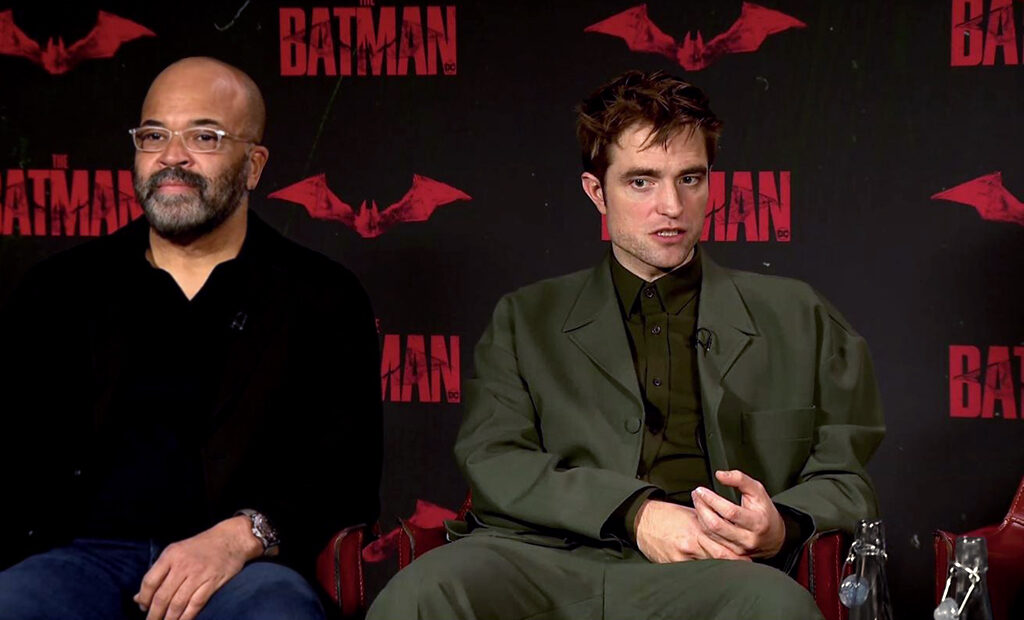
Set to land in cinemas this week is the much-anticipated The Batman from Matt Reeves (Cloverfield, Dawn of the Planet of the Apes), offering yet another fresh take on the Gotham City-set superhero drama. The all-star cast is enough of a draw alone, led by former Twilight star Robert Pattinson following in the footsteps of the likes of Christian Bale and Ben Affleck as Batman and Zoë Kravitz giving three very different Catwoman performances – Michelle Pfeiffer, Halle Berry and Anne Hathaway – a run for their money as the feline-inspired comic-book character. Then there’s Paul Dano as the Riddler, Colin Farrell unrecognisable as Penguin, Jeffrey Wright as James Gordon and Andy Serkis as Alfred, among others. The question is, will it be able to compete with Christopher Nolan’s noir-esque, critically acclaimed The Dark Knight trilogy? Exploring yet new territory in the well-known Batman world, it certainly looks like it just might.
The Upcoming heard from the cast about the making of the film at the press conference ahead of the release.
Congratulations everyone on this very good film. How does it feel now fans can see The Batman and the iconic characters they know, portrayed in your way?
Zoë Kravitz: It’s scary. It’s rare to be a part of a film where the coming out of the film is just as intense as the making of it. And it’s exciting. And, you know, we all poured our entire hearts into this film, and I really hope that they like it.
Do you feel that fear?
Robert Pattinson: Yeah, I mean, it was such an unusual shoot. The fact that it was such a long process: I think Matt Reeves was on it for five years, I was basically attached for three years, the shoot was, like, 15 months, basically. It feels very surreal, just seeing the posters, it’s like: “Wait, is this actually happening?” It’s starting to feel a little bit more real now. And also, I really like the movie, so at least there’s that.
I’m glad. Jeffrey, how about you? Because every character that we see on there is an iconic character that has been portrayed before, but you’re doing it in your own way?
Jeffrey Wright: Yeah, well, I think every film that’s come before our film has been done in its own way and it’s been a film for that time. And what really excited me about this script and Matt’s vision was that he was making a Batman for now and really kind of honouring the history of the franchise from 1939 till today, and infusing this film with a relevance to a 21st century Gotham that is really exciting. I think it’s going to be thrilling for fans because it’s modern, it’s now, but it’s also based in the origins of the characters, which is around mystery and detective work, and all of that good stuff.
And there’s a bit of humour in there, a lot of humour! Something that’s very different: Paul, your character is not the old Riddler that we usually see with the bright green, the top hat and things like that. So for you, how was portraying that character?
Paul Dano: I had them make me some little green underwear, to at least have an unconscious, unseen homage. I’m wearing them right now…It was great. I mean, Matt gave us a gift with an incredibly beautiful, fully realised, singular script that was the foundation. And he’s doing a couple of things: offering us the chance to do something that’s maybe a bit more real and grounded and personal and emotional and psychological, while also fulfilling the sort of archetypal duty that you have when you are entering a mythology. And I think somehow those two things have been married together. And that was certainly the hope with this Riddler, that any contact with reality might actually make him more scary. But also, still, it’s Gotham and he’s the Riddler. So even if Matt referenced the Zodiac Killer or something, I was always like, “Okay, but, you know, he’s the Riddler.” So it was a challenge but a pleasure and I feel relieved that we’re getting to release the film now because I love it. And I think I’ll be sad in a few weeks when I go, “Oh, well, I guess I can move on with my life”.
Now, you just mentioned grounded: I think we can see from the film that we’re seeing the Batman and less of Bruce Wayne and we’re seeing him be out in the world without his costume on, which we haven’t seen before. And for you, how was that? How was that change?
RP: I mean, the first time I read the script, it was a pretty drastic departure from the traditional way Bruce Wayne’s portrayed, like a society playboy and he’s very much in control of the three aspects of his personality, his Bruce Wayne the playboy, kind of a little bit silly and stuff. And then he’s like the Bruce at home. But this one, he’s basically let Bruce, what’s the word? Like, wither. Since his parent’s death, he’s just withered away, and he hasn’t worked on himself at all, apart from in this kind of obscure way, where I think the only way he can survive is creating this alter ego, which he wants to live in more and more and more and more. And I think he doesn’t have an enormous amount of control over what’s happening to him when he puts that suit on. And he genuinely believes he’s another person when he puts it on. And he’s addicted to it. So when the Riddler comes along, calls him out – it’s almost like he’s more afraid of his identity being revealed than dying because I guess it’s almost worse than death. Don’t ask me to explain that…
I really like the relationship between Lieutenant Gordon and Batman. And for you both to create that relationship that we see, with a little bit of sarcasm, the seriousness of the real world, but also, I think Matt pulled from a lot of the comic books from back in the day. How did you guys work on that together?
RP: It’s kind of funny, I guess, because – there are pretty big stakes, like, the mayor gets killed and stuff – but I love the relationship in that Batman isn’t even known as Batman in the city. I mean, he’s literally just some guy, like, with an outfit on. And Gordon’s saying, “I just kind of like him.” And he’s really out on a limb. He has somewhat kind of futurist, kind of advanced technology but, like, not really. He’s just a guy who Gordon believes in and I think that the belief in him Bruce values so much because he’s literally the only person – at this point in the story, not even Alfred even thinks it’s a good idea!
JW: Yeah, I think one of the questions that we ask at the beginning and we ask the audience to ask is, why this cape and cowl? We don’t assume that it’s heroic, we don’t assume that it represents all of these things that we’ve come over time to know Batman to be. But we see it as odd. And that relationship as well between Gordon and Batman: there’s an oddness. And the scene, that we shot actually on the first day, of the two of them walking into this crime scene filled with cops, they’re looking at him through a strange lens and wondering, not only who he is, but “Gordon, why are you with him?” So immediately, they’re isolated together, I think out of a type of desperation and a utility. And we drive on from there through this detective work, which again, goes back to the origins of Detective Comics, and is what Matt wanted to celebrate, which is: Batman is the world’s greatest detective and, in this case, Gordon a cop in the street.
What I love about this film is how physical it was. I mean, Catwoman, down to her walk – was there a lot of training?
ZK: Yeah, I mean, I didn’t have walking training. But, you know, it’s rare to have a character whose physicality is equally as important as anything else that you’re going to do. We had an incredible stunt choreographer named Rob Alonzo, who was so interested in who these people were, and where they were emotionally and found really interesting ways to infuse that into the stunt choreography. And I did watch plenty of cat videos, feline videos, and, you know, I loved the mystery behind the way they moved and their smoothness and really wanting to find ways to just bring that elegance and that confidence to the character.
What was he like to work with? You’ve worked with him way back, right?
ZK: Yeah, Rob Alonzo was my taekwondo teacher when I was eight years old! Isn’t that crazy? And when I got the job, Matt called me and he said, “I think you know our stunt choreographer. I think he taught you taekwondo”. And I was like, “That’s impossible. I haven’t done taekwondo since I was eight”. He was like, “Yeah, that’s him”. And I have a photo of Rob holding up, like, something for me to hit. And I’m like, a tiny little thing. It’s just surreal. And it’s crazy that he was teaching children taekwondo and now we’re doing Batman.
I wanted to know if anyone sort of got a little bruise or a scuffle that’s going to be with you for life? You’re going to look at something and be like, “That was when I filmed Batman”.
JW: I actually tore my meniscus working on this film. I don’t even know how. Yeah, I just remember hobbling for the last couple of weeks. “Matt, are we really gonna do that sequence again? Okay, okay.” Yeah, these things happen.
ZK: I fell down the stairs in my apartment. But I feel like it was because I was so sore at home after work. And I have I still have a scar on my back.
Will it remind you of the film?
ZK: Yeah, totally. Of being so tired and so physically in pain that I fell down the stairs.
Robert, did you immediately say yes to this role or did you have to take time to consider it? It’s a big shift from things that we’ve seen you in recently.
RP: No, I mean, there’s something about the nature of the part, the fact it’s been around for such a long time, the fact that it has been reinterpreted a few times as well – it shows it has so many layers, so many ways you can kind of play it, even though you’ve got half your face hidden. And it’s kind of bizarre, but you can put him into so many different genres and contexts. And also just the legacy of the people who’ve been involved. I mean, it’s like a massive privilege. And when you put on the suit the first time as well, you’re like, you can just feel it. I remember walking across the parking lot and just seeing a shadow and seeing two little ears coming out the top of it. And it’s like, “That is really strange”.
Why were you wearing it in a parking lot…?
RP: Oh, you know, going to a party. Halloween.
Zoe, you gave Catwoman a very human side. How was it for you to tackle such an iconic character?
ZK: It was intimidating. I think the hardest part is forgetting that there are these iconic characters. I think that really was half the battle. And I think in order to really honour who these characters are, and play them as three-dimensional people, you can’t think of them as Catwoman, you can’t think of them as someone iconic. You just have to play a human being in a situation and hope that it all flows together.
I think that’s what this film did really, we kind of stripped away the Batman, Catwoman, Riddler and everyone had their real name.
ZK: Well, what’s amazing is that this film, I think, really works if you take away these iconic characters, and that’s an incredible accomplishment in terms of, you know – yeah, Matt Reeves: genius.
Paul, was there a piece of music or another film that Matt Reeves suggested that helped you better understand what he wanted to bring to the film by your character?
PD: Yeah, there were a few things but Matt wrote the Nirvana song Something in the Way into the script, which is in the trailer and in the film, which I found to be an incredibly potent, powerful piece of music. The lyrics, the vibration of it. And that coupled with, he had later in the film, an Aaron Copland cue, Fanfare for the Common Man, which was used in sort of an ironic way because it’s this almost quintessential American heroic sound. And so, putting those two things together was sort of, “Okay, Something in the Way is the essence here, but I’ve got to bring some of this into it as well”. And he gave those to me to toss in the script.
Jeffrey, in this film, Batman and Gordon are almost partners. Do you feel the character of Jim Gordon has more depth this time?
JW: Oh, well, I don’t know. He’s always Gordon. I think Matt was really clever in activating him. And in activating Gordon, I think he wanted to elevate, again, the core elements of this film. Yes, you know, it’s a Batman film. Yes, there’s all that kinetic energy and all of that, but he really wanted to make a film that was layered and plot-driven and focused on mystery, and this detective work being centre, allowed him to do that. And also to pay homage to the films he first loved – he and I are similar ages so that I first fell in love with as well, you know, the Sidney Lumet stuff, French Connection, All the President’s Men – that kind of golden age of American cinema in the 70s. So, I wouldn’t say that Gordon has more depth, but I think he does certainly have more to do in partnership with Batman in this film, which was exciting for me. And it serves the interests of the character, but I think also the interests of the film. And also, it really goes back to the core of what DC is about, so I think fans are gonna dig it. I think it’s right at the heart of things.
Rob, when you were filming, what scene did you feel like you were really Batman?
RP: There was one moment where we were shooting – they built eight blocks of Gotham up in the studios – and there was one day when there were a lot of people playing cops and civilians around, and I was walking across the street and the cape was blowing in the wind and stuff. It was just interesting, because they were all English! And, just hearing lots of English people dressed as American cops just being like, “You alright, Batman?” So that was probably the day I would say. I would be like, “Silence, English peasant!”
Paul, the Riddler costume is so radically different from anything we’ve seen before. What were the influences? And how much input did you have in creating the costume?
PD: Well, there was a lot there on the page. And Matt certainly had some real-life influences, like the Zodiac Killer. But what was cool about it was, when you see the film, is who Edward Nashton was inspired by, but then maybe him not having the same resources to make his costume. So, we did work on it together. That stuff’s incredibly important because you kind of try to also imbue it with the energy – like Rob saying when you put on the suit – and so you know, I needed that mask to carry some of the character for me, because, he’s a lot! So finding the right mask, and what that allows to come through for the character, somebody who was totally powerless to be able to feel powerful, but also for me, it allows something to come through that – I don’t know if the same thing would without the mask. And then we try this thing with the cling wrap because I thought I didn’t want to shave all the hair off my body because he should still be able to go out in the world and have his own Bruce Wayne, some invisible guy. So I thought about the DNA – I was just trying to cover all these homegrown details without the resources. And I think it’s an effective costume. I think it’s fairly upsetting.
Zoe, what do you think of Selina Kyle’s style in the film, outside of the Catwoman costume?
ZK: I think it’s awesome, right? The wigs, the wigs were so fun. And the idea of her working in this kind of underground industrial club was really, really cool. And because we’re meeting Selina so early in her story, I think what we were really interested in doing is finding ways to kind of hint at the latex Catwoman suit that we know and love and finding ways to infuse bits of that into her style. And she is kind of playing this character all the time. And, yeah, it’s so fun. I mean, it’s really strange putting on latex at seven in the morning every day. Some people do it, I’m sure.
Rob, the level of detail in the film extends right down to every scratch and bullet indentation on the Batsuit. Did you create backstories for each mark? And if so, what were some of the more intriguing ones you formulated?
RP: I get shot right at the beginning of the movie. And I just like the fact that, because the movie is over a week, you can see there’s a big bullet dent in my head for the rest of it, which is sort of unusual, you don’t really think about the Batsuit actually being, like, “Oh, this is body armour”. And that was a lighting issue afterwards, sort of reflecting off everything. And also it’s quite a strange shape cranium anyway, and then you’ve got a big dent in it, suddenly it looks really weird. I don’t know if I made individual stories for each scratch though. Yeah, I didn’t do that.
Jeffrey, Gordon is always the incorruptible cop in the middle of a world of evil and greed. In a way, he’s more of a hero than Batman himself. Would you say that he’s more faithful to true and good than to the duty imposed by his badge?
JW: I’m not sure if he’s, you know – what’s wonderful about Batman as an idea, is that they’re all human. They all exist in a city fashioned after New York City back in 1939. It’s a grounded thing. So they have their flaws and their strengths. Some are out of balance but some less so. I think that, yes, Gordon represents a certain idea, or ideal about integrity and optimism and, you know, in the midst of everything falling apart, a kind of rectitude. I do wonder – and it’s explored in the comics to an extent, in some of the contemporary stuff, in an interesting way – who he is when the doors are closed in his private world. But, yeah, I don’t think his is an allegiance to institutions, I think his is an allegiance to the possibility of the integrity of institutions. But it’s more about this idea that, in a simple way, “We can do better than this”. And it’s not for an individual sake, it’s for the sake of the collective and I think that’s what kind of makes him an attractive figure in the midst of all the other things that are happening, the corruption and decay of Gotham.
Zoe, what was your proudest moment of the movie?
ZK: Oh, good question. I’m just proud to be in the movie, I’m so thrilled to be a part of this world and I still can’t believe that I got to play this character. I mean, that fight scene we do is pretty great. There’s a very a simple kick. It’s towards the end of the film, I had just woken up from a nap and we hadn’t rehearsed this kick at all. I don’t know why. And I was just waking up and I was like, “Yeah, okay, cool”. And I did it and it’s in the movie and it looks great. And I was just really impressed that I’d actually like learned how to do something and woke up from a nap casually and kicked a guy in the face.
RP: Was that from a crab walk position?
ZK: Yeah, exactly, on the ground, exactly.
JW: You’ve been training since you were eight years old though.
ZK: The least I could do is kick somebody, right?
Paul, visually and tonally it seems that the Riddler is sort of like the son to Jim Carrey or what Jim Carrey created, but is there anything in this version that you drew upon?
PD: Well, first, I will say that Jim Carrey was one of my favourite actors growing up. I was obsessed with Jim Carrey in late elementary school. And coincidently Jack Nicholson was also my other favourite actor when I was young, who’s also, you know, a part of Batman history. Luckily, Matt sort of gave us the keys with the script, I think, take the energy that’s there. I do think that this stuff has energy in it. It’s been around in the culture for a reason. So I didn’t have to really think about any other villain’s work but unconsciously I’m sure it informed me somehow. Those performances are indelible to me. So somehow, I’m sure something is informed by something. But I think the key to making it your own or finding a singular approach is just to make it as personal and emotional as possible. And I don’t mean this in an egotistical way. But it’s like, at the end of the day, it’s what you have to offer this character is probably where the real juice is, so you can’t really go where others have gone. Yeah.
You made it your own. Rob, did you seek any advice from other actors who’ve previously played Batman?
RP: I didn’t. I mean, it’s scary, I don’t like feeling like a baby. I don’t ask for advice, I don’t ask questions, questions are for losers.
JW: You don’t complain either Rob. Not one complaint from you on set for the entirety of the 10 years that we worked on this movie.
RP: I just realised that if you don’t speak, then maybe no one will know you don’t know what you’re doing. But, I mean, I bumped into Christian Bale very briefly, and he was very nice about what to expect and stuff and then, that’s it. I mean, you’re so nervous about doing it and then once the ball’s rolling, it was nonstop for the entire time. We didn’t really have any time to think about it at all.
Thank you so much guys. Congratulations, I think is an absolutely awesome film. I know that people are gonna really love it. I hope you’re excited about everyone seeing it. Thank you.
Sarah Bradbury
The Batman is released on 4th March 2022. Watch interviews with the stars on the red carpet here.
Watch the trailer for The Batman here:

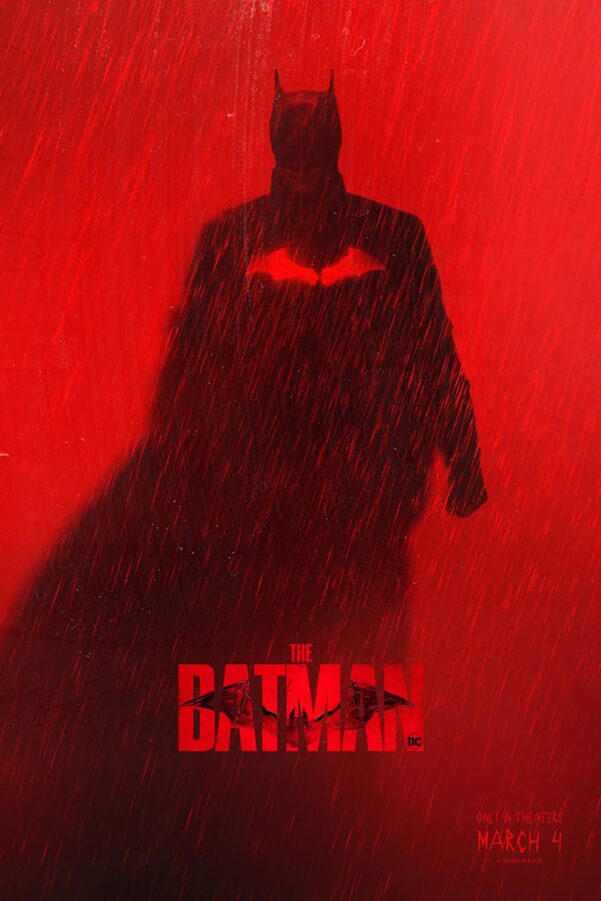
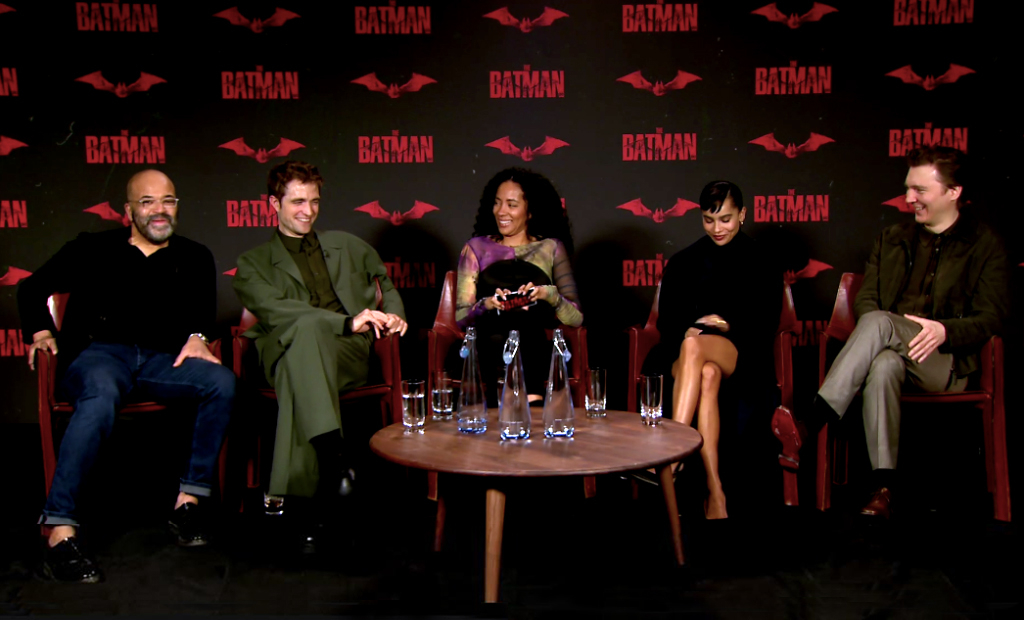
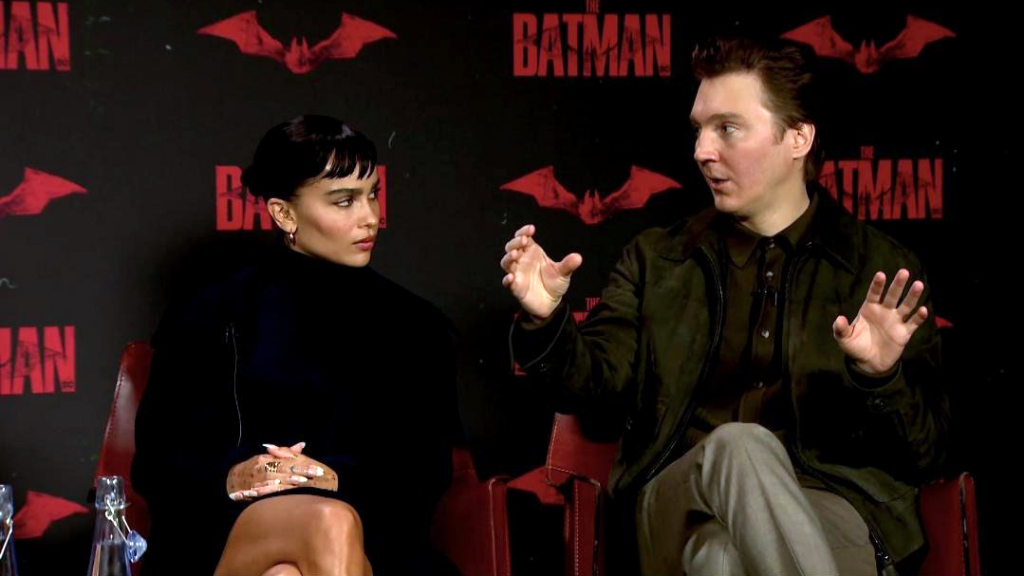
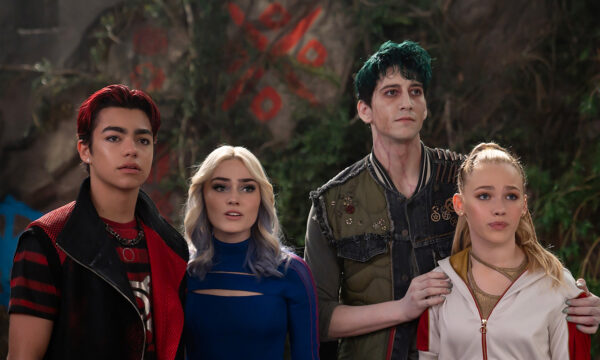
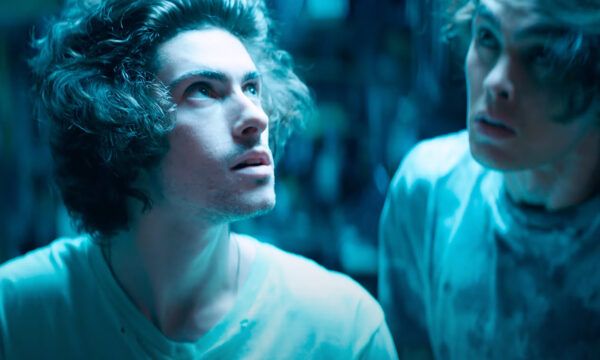
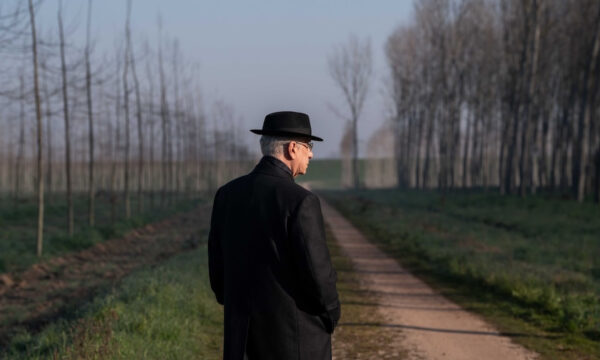
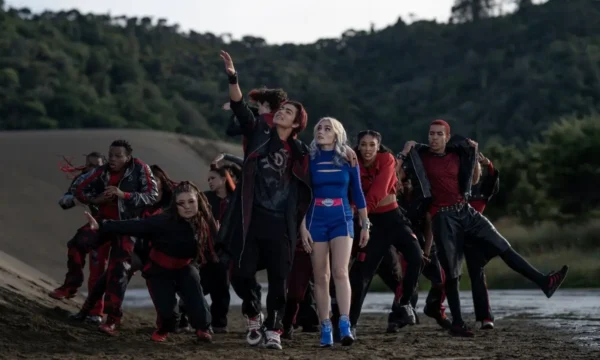
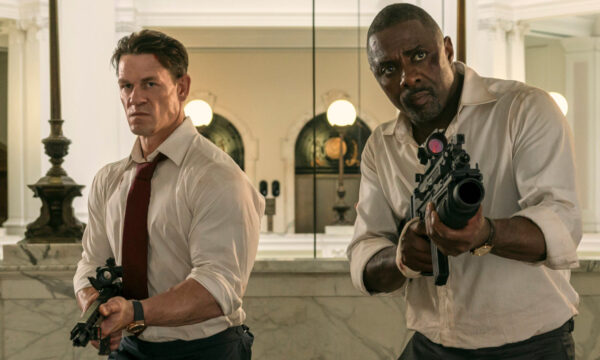
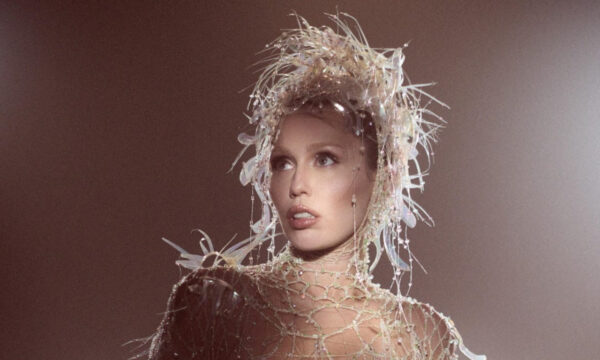
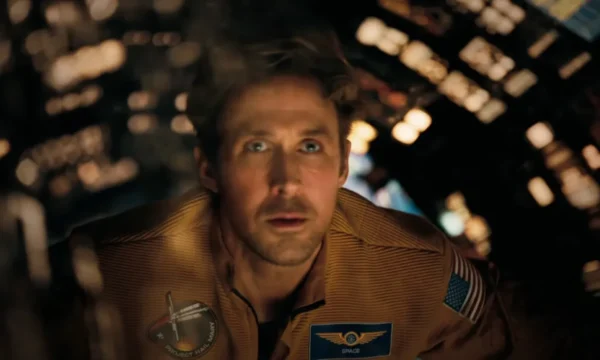

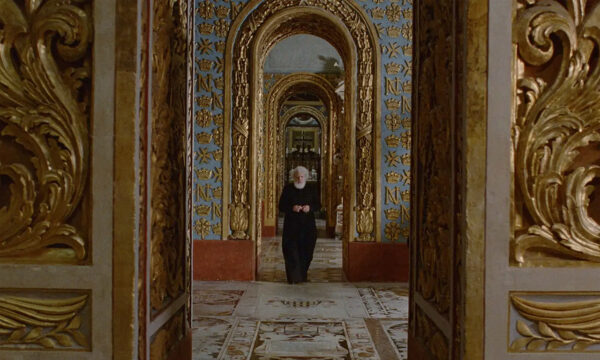
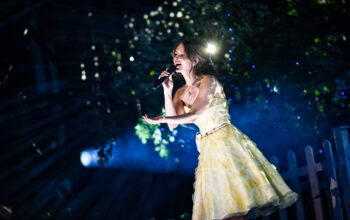
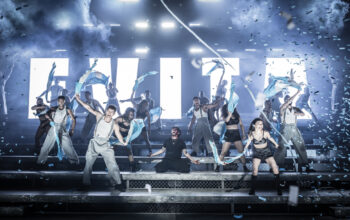
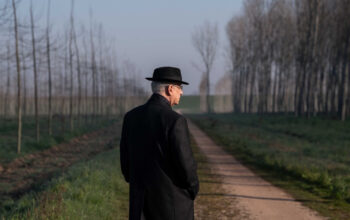

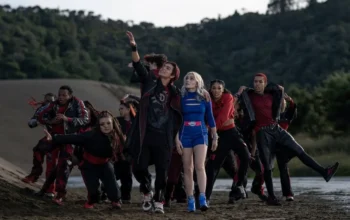


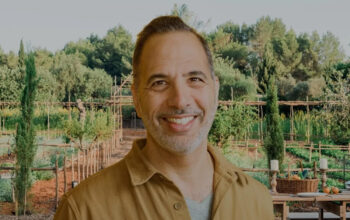

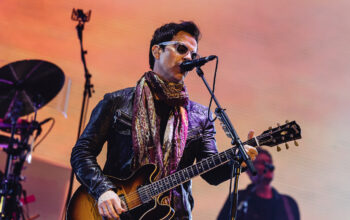

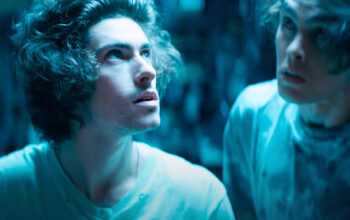
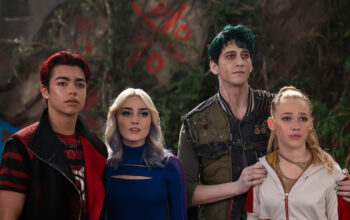
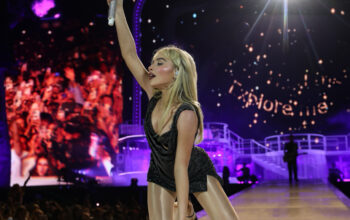
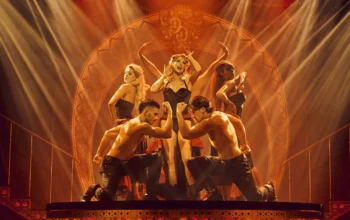
Facebook
Twitter
Instagram
YouTube
RSS